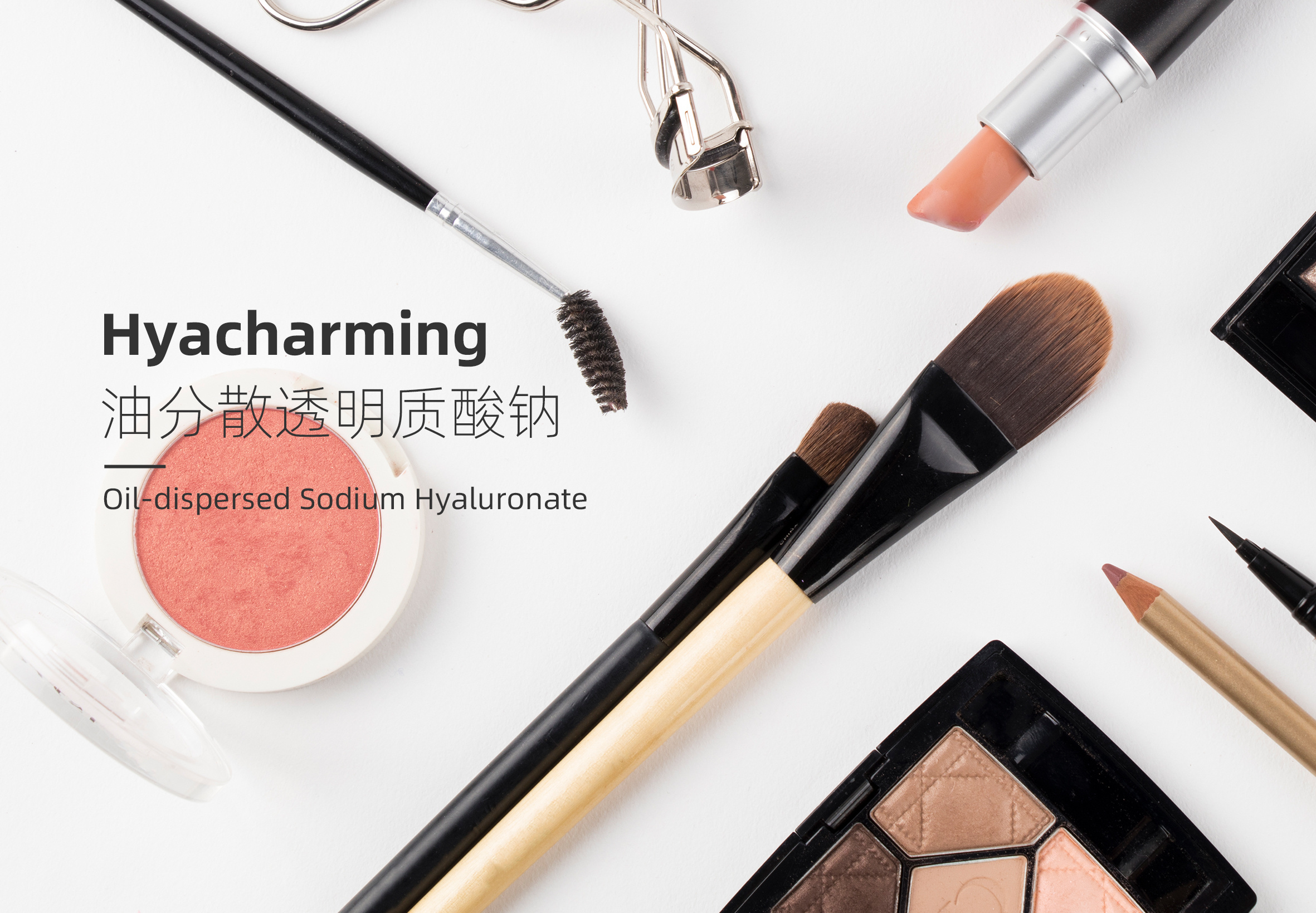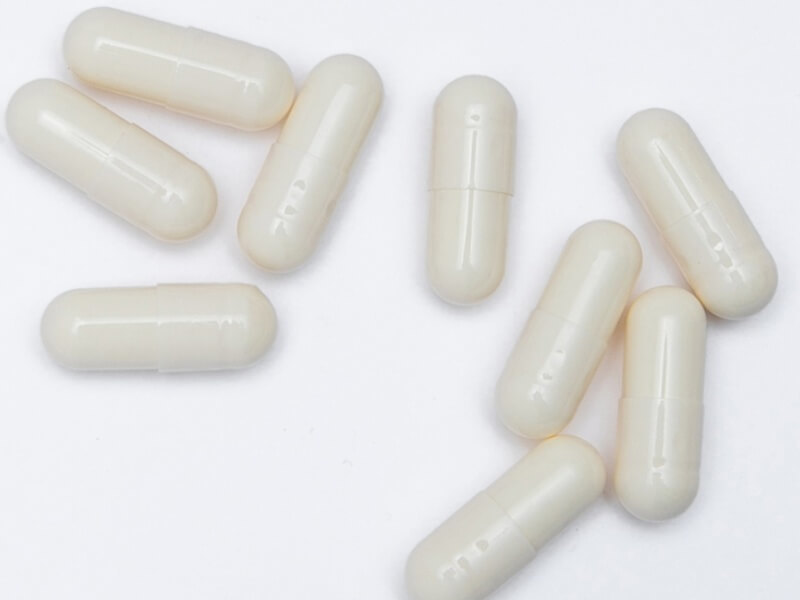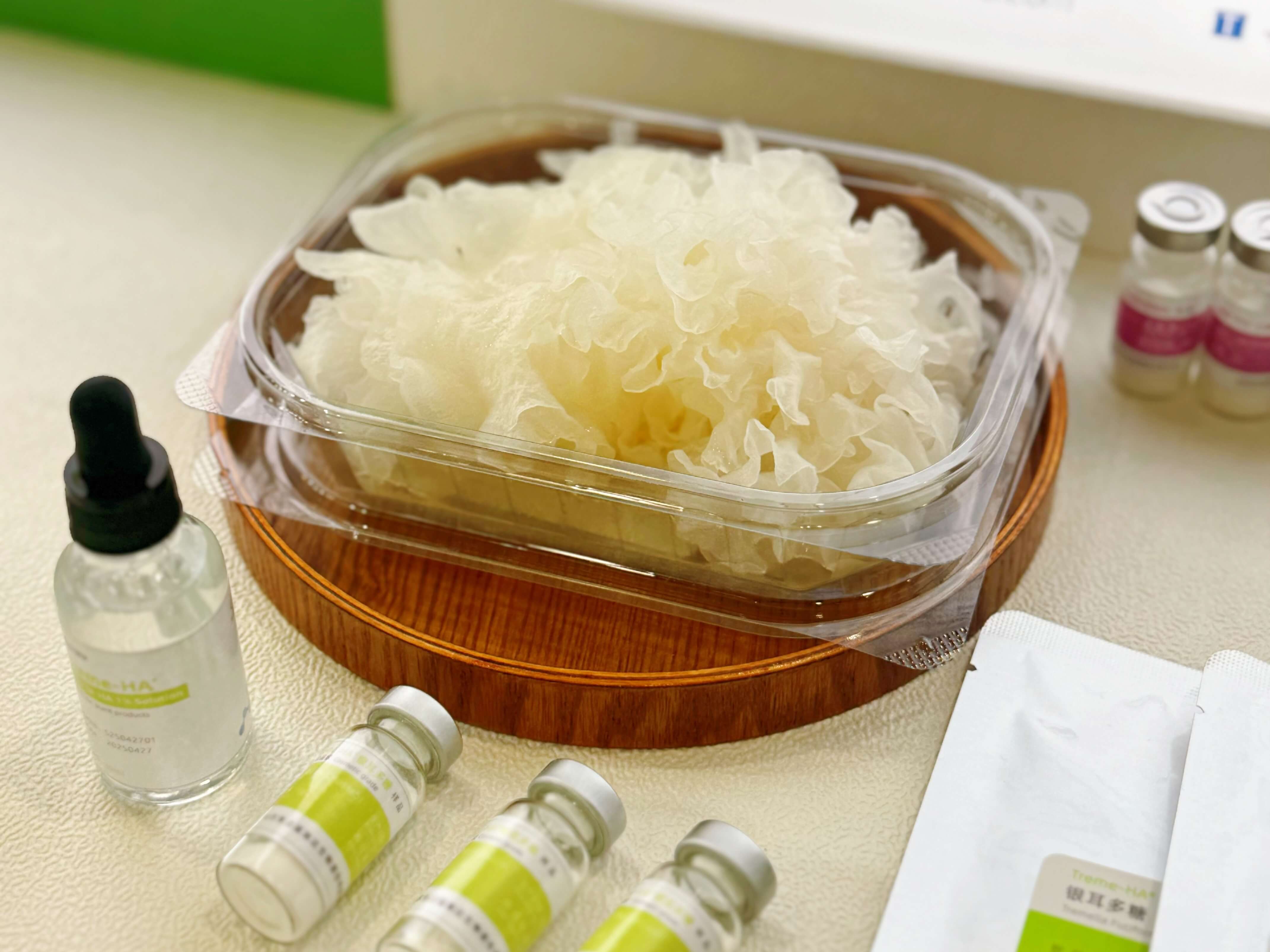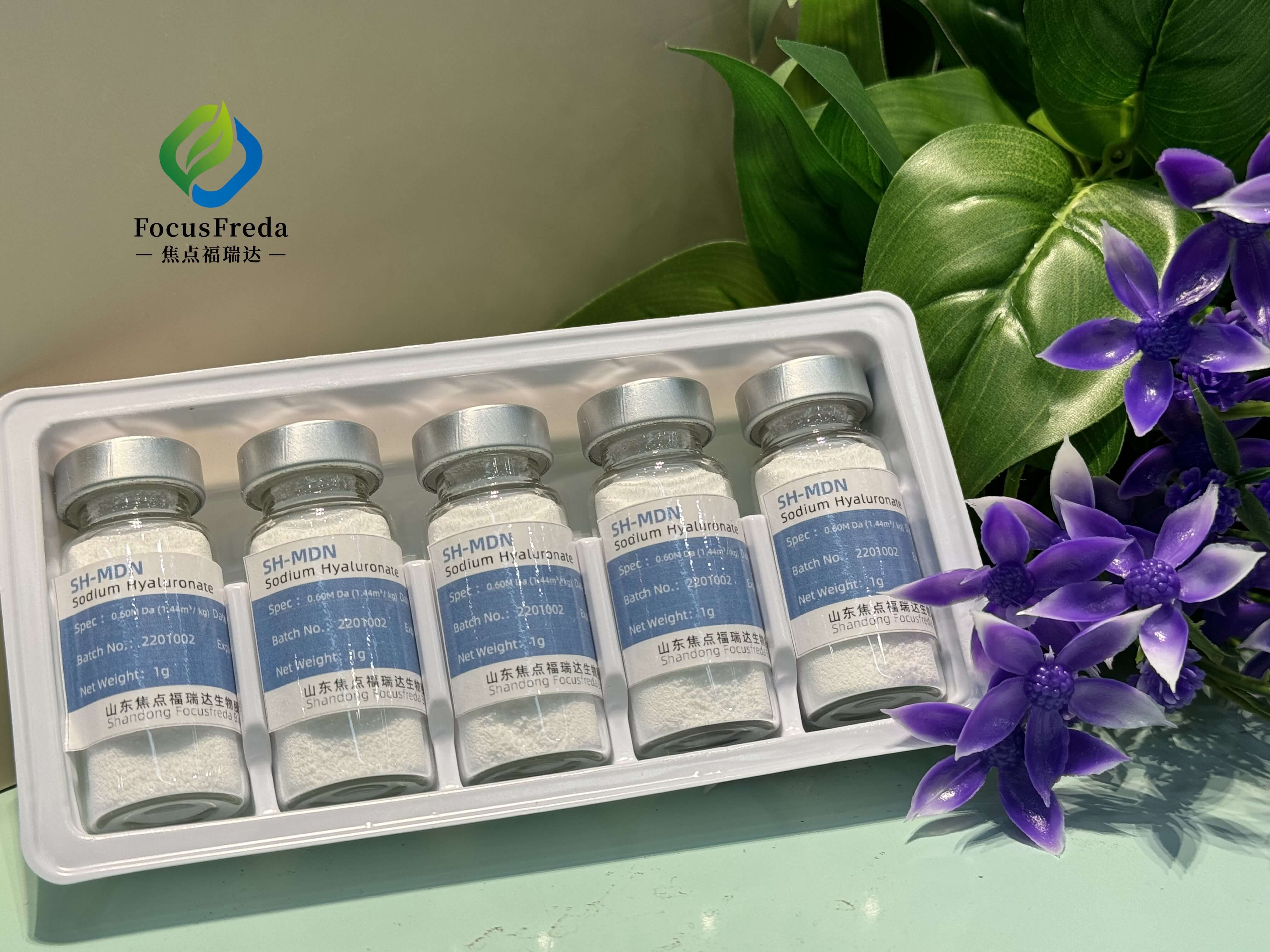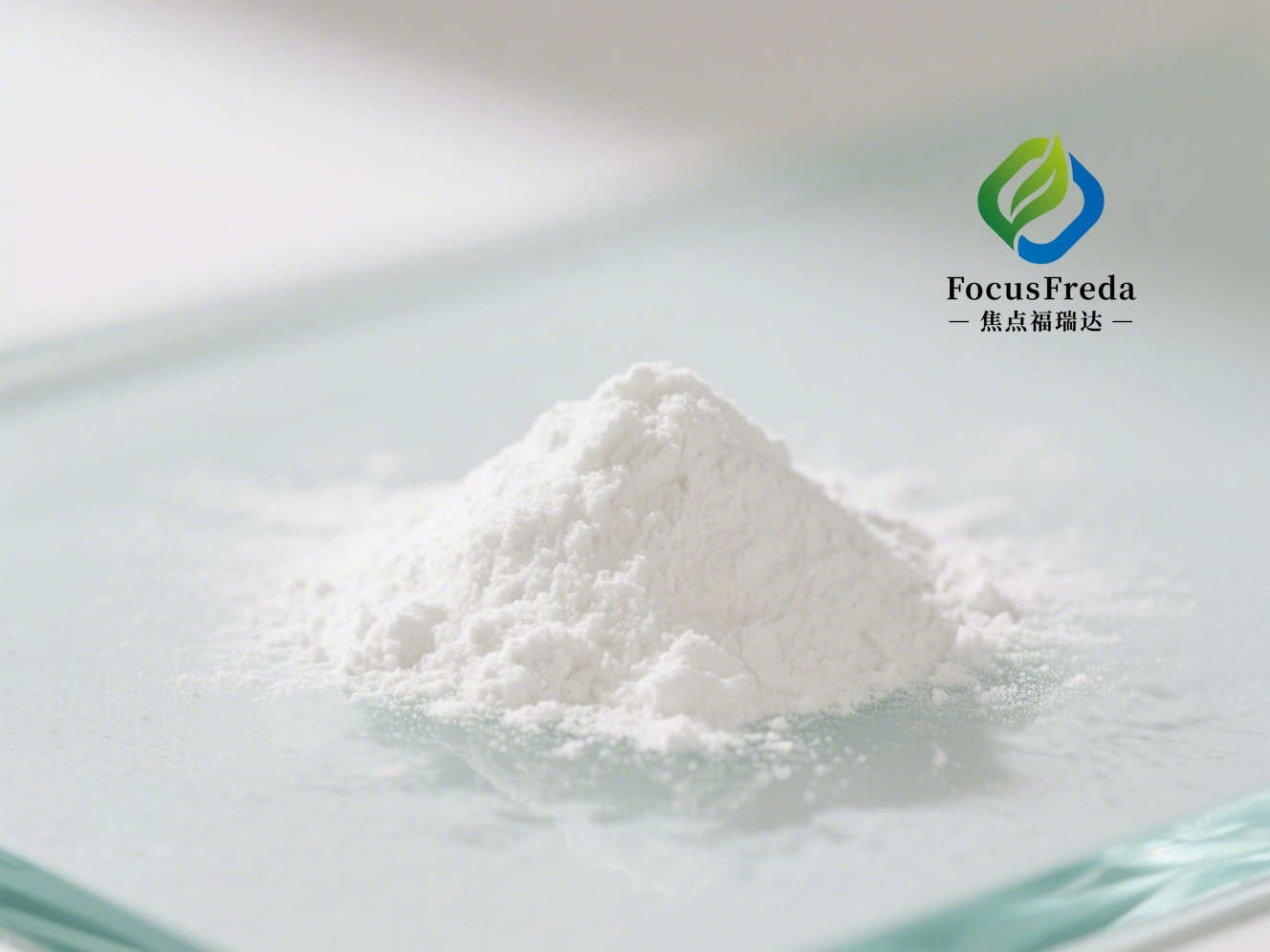Why Is Hyaluronic Acid Still So Popular Now?
Release time:
2025-03-17
Hyaluronic acid (HA) has remained a top-tier skincare ingredient in the beauty, skincare, and medical industries for decades. Its exceptional hydrating properties, evolving applications, and scientific advancements have solidified its position despite the emergence of new ingredients. But what makes hyaluronic acid continue to be a staple in skincare formulations and medical treatments?

1. Unmatched Hydration and Biocompatibility
Hyaluronic acid is a naturally occurring polysaccharide found in the skin, joints, and connective tissues. It has an exceptional ability to retain moisture, holding up to 1,000 times its weight in water, making it a powerful skin hydration agent.
Unlike some synthetic humectants, HA is biocompatible, meaning it integrates well with the human body, reducing the risk of irritation. This makes it ideal for sensitive skin, anti-aging treatments, and dermal fillers.
2. Advancements in Molecular Weight Technology
Innovations in hyaluronic acid technology have led to the development of different molecular weight HAs, each providing specific benefits:
- High-molecular-weight hyaluronic acid (such as Treme-HA 1Million Da) forms a protective hydration film, reducing moisture loss and strengthening the skin barrier.
- Low-molecular-weight hyaluronic acid (such as Hydrolyzed HA) penetrates deeper into the epidermis, helping boost skin elasticity and stimulate collagen production.
- Oligo hyaluronic acid (such as Rejuvenating 400Da) offers even greater bioavailability, supporting skin repair, wound healing, and anti-aging skincare formulations.
With these advancements, HA is no longer just a moisturizer—it has become a powerful ingredient in targeted skincare, pharmaceutical, and medical treatments.
3. Expanding Applications Beyond Skincare
Hyaluronic acid's versatility extends far beyond hydrating serums and moisturizers. Today, it is a key component in:
- Dermal fillers – Providing long-lasting volume and wrinkle reduction. (Such as Injection Grade HA)
- Osteoarthritis injections – Acting as a lubricant for joints, reducing pain and improving mobility.
- Ophthalmic surgery – Used in eye drops and surgeries for corneal hydration and protection.
- Tissue engineering – Supporting wound healing and skin regeneration.
Its growing use in medical-grade skincare, drug delivery systems, and injectable aesthetics further cements its place as an essential bioactive ingredient.
4. Sustainability and Biotechnological Production
With the rise of the clean beauty movement, consumers are increasingly looking for sustainable and cruelty-free skincare ingredients. Traditional HA extraction involved animal-derived sources, but today's biotechnology-based fermentation methods offer a vegan-friendly, high-purity, and eco-conscious alternative.
This shift towards sustainable hyaluronic acid production aligns with the global demand for ethical skincare, ensuring HA's long-term viability in the beauty industry.
5. Consumer Trust and Market Longevity
Hyaluronic acid has earned consumer trust through scientific validation, dermatological testing, and its well-documented skin benefits. Unlike trendy ingredients with uncertain long-term effects, HA has stood the test of time, consistently proving its effectiveness in improving skin hydration, elasticity, and repair.
As new delivery systems and hybrid formulations emerge—such as cross-linked HA, nano-encapsulated HA, and HA-infused makeup—its applications continue to grow. This ensures that hyaluronic acid will remain a dominant player in skincare, medical aesthetics, and pharmaceutical innovations.
Despite the influx of new cosmetic ingredients, hyaluronic acid remains one of the most trusted and effective skincare components due to its proven hydration benefits, biocompatibility, and versatility. As technology advances, HA's applications in dermatology, anti-aging skincare, and regenerative medicine will only continue to expand, reinforcing its role as a fundamental ingredient in skincare science.

Previous
Previous
BLOGS
Can a Capsule Hydrate Your Skin? Yes—If It’s Hyaluronic Acid or Sodium Hyaluronate
Discover how oral hyaluronic acid supplements improve skin hydration, elasticity and inner beauty.
Which Natural Skincare Ingredient Has a Million Molecular Weight?
Discover which natural skincare ingredient has a molecular weight of one million Daltons. Learn how Tremella fuciformis (snow mushroom) works as a plant-based moisturizer to hydrate and protect your skin naturally.
Similarities and Differences between Sodium Hyaluronate Powder and Aqueous Solution
Explore how sodium hyaluronate powder and solution differ in use and form. Focusfreda offers both to meet your custom formulation needs.
As a Sodium Hyaluronate Sales Manager, What Questions Do We Ask Our Customers?
Discover key questions sodium hyaluronate sales managers ask customers—from application needs to certifications—to build trust and tailor solutions. Partner with Focusfreda for expert support.
Does Sodium Hyaluronate Have a Color?
Does sodium hyaluronate have a color? Learn whether this popular skincare and medical ingredient is truly colorless, and why its clear appearance makes it ideal for various formulations.
Can Hyaluronic Acid (Sodium) Be "Customized To Individual Needs"?
Can skincare ingredients be customized like ordering coffee? Focusfreda's sodium hyaluronate liquid solution offers diverse molecular weights and efficacy combinations for tailored skincare formulas!




